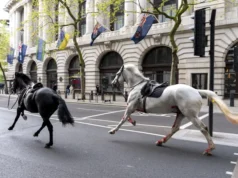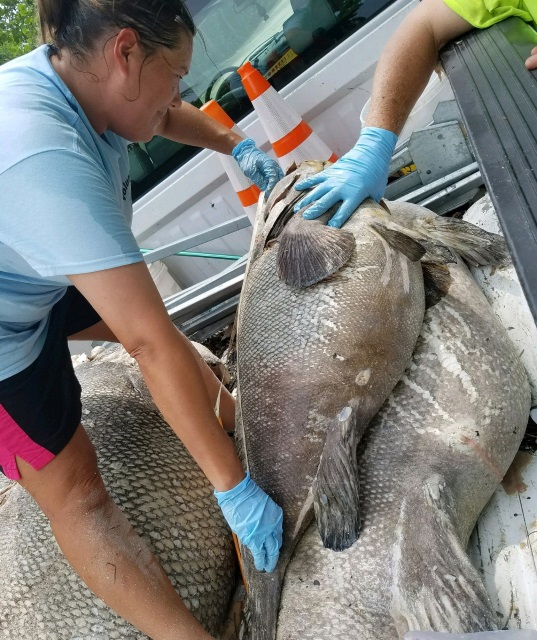
Just as the snowbirds are packing their Speedos and beach gear for their trip to South Florida, up pops the red tide, an ugly and noxious growth that kills fish, makes swimming impossible and sunbathing unpleasant.
Both coasts of Florida have been hit by outbreaks of the algae bloom in the past few weeks and, though they are temporary, they are costly to fish and tourism.
Tourism will return but the fish, some as large as 200-pound groupers that have washed up on the west coast at Sanibel Island and Longboat Key, will not.
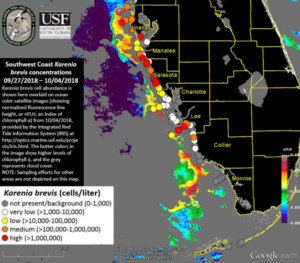
According to the experts at the Ocean Conservancy, a non-profit founded in 1972, this year’s red tide is the worst in many years. Sea turtles, manatees and dolphins have died in large numbers and fish of all kinds are washing up on the beaches from as far north as Tampa Bay and as far south as Naples on the west coast. On the east coast, beaches are being closed from Miami-Dade to West Palm Beach, though Fort Lauderdale beaches remained open on Thursday.
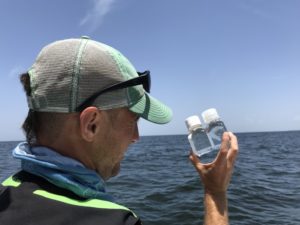
The FWC, in an expansion of their water sampling efforts, are now providing an enhanced, interactive Daily Sampling Map on their website. This map, updated daily at 5 p.m. E.T, shows where they’ve taken samples and provides sampling data from the past eight days. You can view this map here
But what is red tide exactly?
The algae, a naturally occurring problem in Florida, is caused by marine microorganisms and, when they “bloom,” usually once a year, the normally blue ocean water turns red. brown and green. Freshwater is not affected.
The Ocean Conservancy says the problem is made worse by “human-made algae blooms” caused by polluted water that flows from inland to the ocean and “fuels algae blooms.” Water temperature, salinity and wind contribute to the severity of a red tide outbreak.
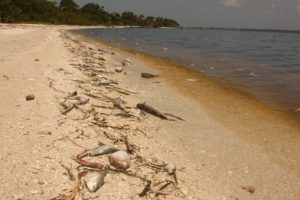
According to the Ocean Conservancy
“Florida’s red tide crisis seems to be getting worse by the day, and it requires the attention of every Floridian and elected official – all the way up to the halls of power in Washington D.C. That’s why last week we, along with Citizens’ Climate Lobby, worked with Florida Senators Bill Nelson and Marco Rubio to host a much-needed Red Tide Briefing on Capitol Hill to bring the reality of this crisis to members of Congress.”
Usually, natural processes “keep the algae at normal, safe levels” but increased pollution causes the kind of red tide Florida is experiencing and is harmful to ocean wildlife.

Scientists say the toxins in the algae, which paralyze fish gills, sicken fish, manatees and turtles are often fatal. The problem for humans is that the toxins in the algae are blown into the air and can cause coughs and shortness of breath. Eating fish and skin contact with the algae while swimming are also problems for humans.
When will this outbreak be over?
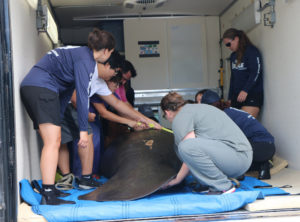
On the gulf coast, an outbreak can last for months. On the east coast, where the problem occurs less often, the algae dissipates more quickly.
So, advice to tourists, officials who promote tourism say, there are many other things in South Florida to do besides going to the beach.
Let’s all keep our fingers crossed.








